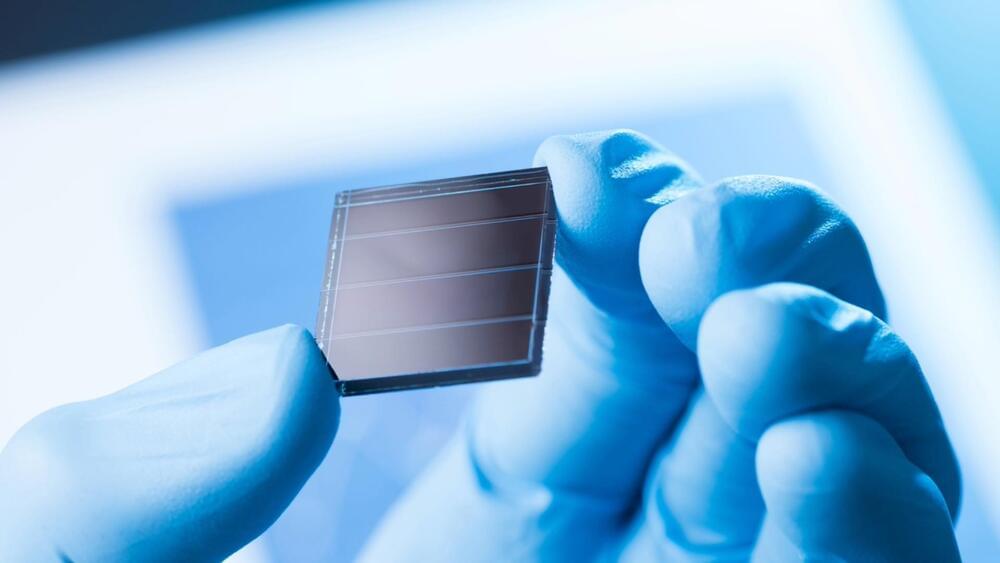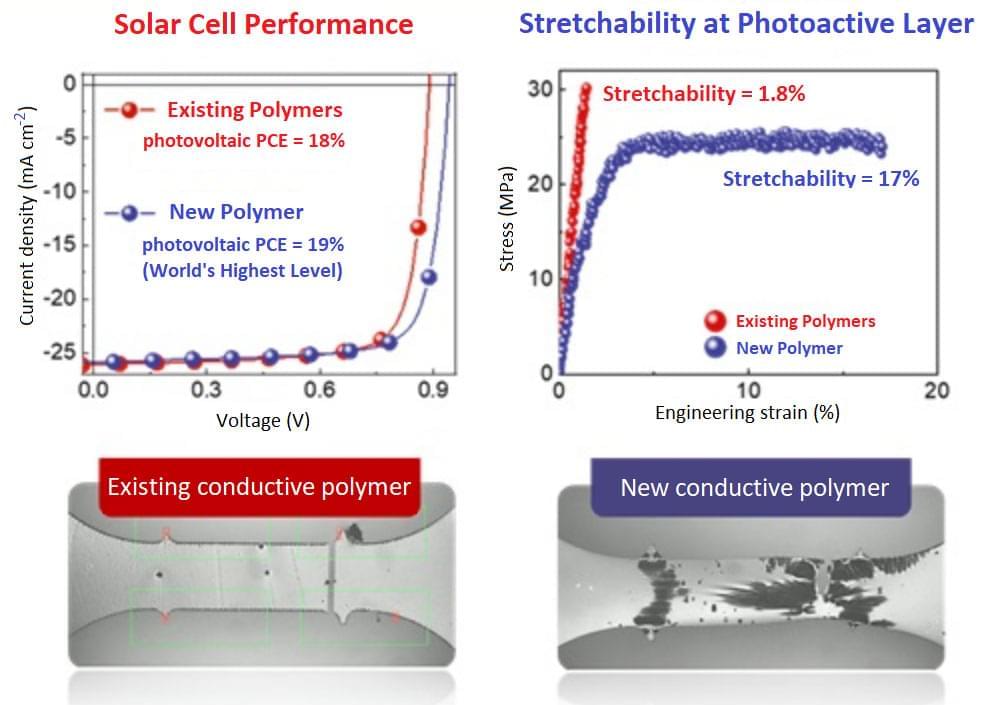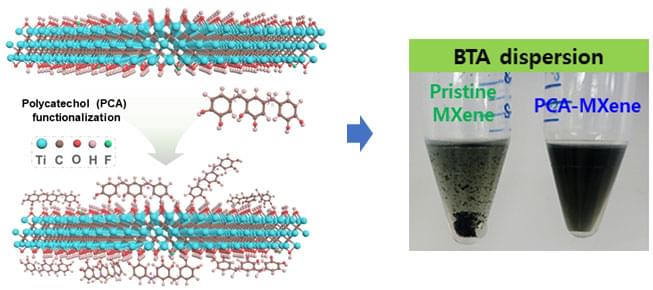A new study has revealed a surprising source of bird mortality due to the increasing use of wind and solar energy facilities.




A team of researchers has achieved a milestone by developing lightweight and highly efficient stretchable solar cells for energy generation in electronic gadgets.
Researchers from the Korea Advanced Institute of Science and Technology (KAIST) declare it as the “world’s highest-performing stretchable organic solar cell.”
The development is unique as it utilizes organic material to build the photoactive layer of the solar cell, which turns light into energy.

With the market for wearable electric devices growing rapidly, stretchable solar cells that can function under strain have received considerable attention as an energy source. To build such solar cells, it is necessary that their photoactive layer, which converts light into electricity, shows high electrical performance while possessing mechanical elasticity. However, satisfying both of these two requirements is challenging, making stretchable solar cells difficult to develop.
A KAIST research team from the Department of Chemical and Biomolecular Engineering (CBE) led by Professor Bumjoon Kim announced the development of a new conductive polymer material that achieved both high electrical performance and elasticity while introducing the world’s highest-performing stretchable organic solar cell.
Figure 1. Chemical structure of the newly developed conductive polymer and performance of stretchable organic solar cells using the material. (Image: KAIST)
Agrovoltaic arrays are strategically arranged to allow for diverse types of farming activities, maximizing land utilization.


A research team led by Professor Jong-min Choi of the Department of Energy Engineering has developed a technology that can significantly improve the efficiency of quantum dot photovoltaic cells by introducing organic solvent dispersible MXene.
The findings were published in Advanced Energy Materials (“Organic solvent dispersible MXene integrated colloidal quantum dot photovoltaics”).
Comparison of the dispersibility of quantum dot solar cell ink organic solvent according to surface modification of MXene. (Image: DGIST)
Immigration to and living on Mars have often been themes in science fiction. Before these dreams can become reality, humanity faces significant challenges, such as the scarcity of vital resources like oxygen needed for long-term survival on the Red Planet. Yet, recent discoveries of water activity on Mars have sparked new hope for overcoming these obstacles.
Scientists are now exploring the possibility of decomposing water to produce oxygen through electrochemical water oxidation driven by solar power with the help of oxygen evolution reaction (OER) catalysts. The challenge is to find a way to synthesize these catalysts in situ using materials on Mars, instead of transporting them from the Earth, which is of high cost.
Developed at NTU Singapore, a new device can quickly rejuvenate and extend the life of old and new solar panels using heat and light.
Through an innovative use of heat and light, a new device developed at NTU Singapore can restore and extend the life of old and new solar panels.

Scientists may have found a more efficient water to desalinate water using solar power, according to new research, offering a solution for global water scarcity through the use of renewable energy.
Researchers at Nankai University in Tianjin, China, developed the concept of a solar-powered desalination system that produces fresh water by using smart DNA hydrogels that does not consume additional energy, compared to conventional desalination strategies currently in use, such as reverse osmosis, which use copious amounts of energy, according to a paper published in the journal Science Advances on Thursday.
The same process can be used simultaneously to extract uranium from seawater or treat uranyl containing nuclear wastewater, the researchers said.